
Unlocking Sustainable Food Production with Aquaponics Greenhouse Systems for Urban Farming
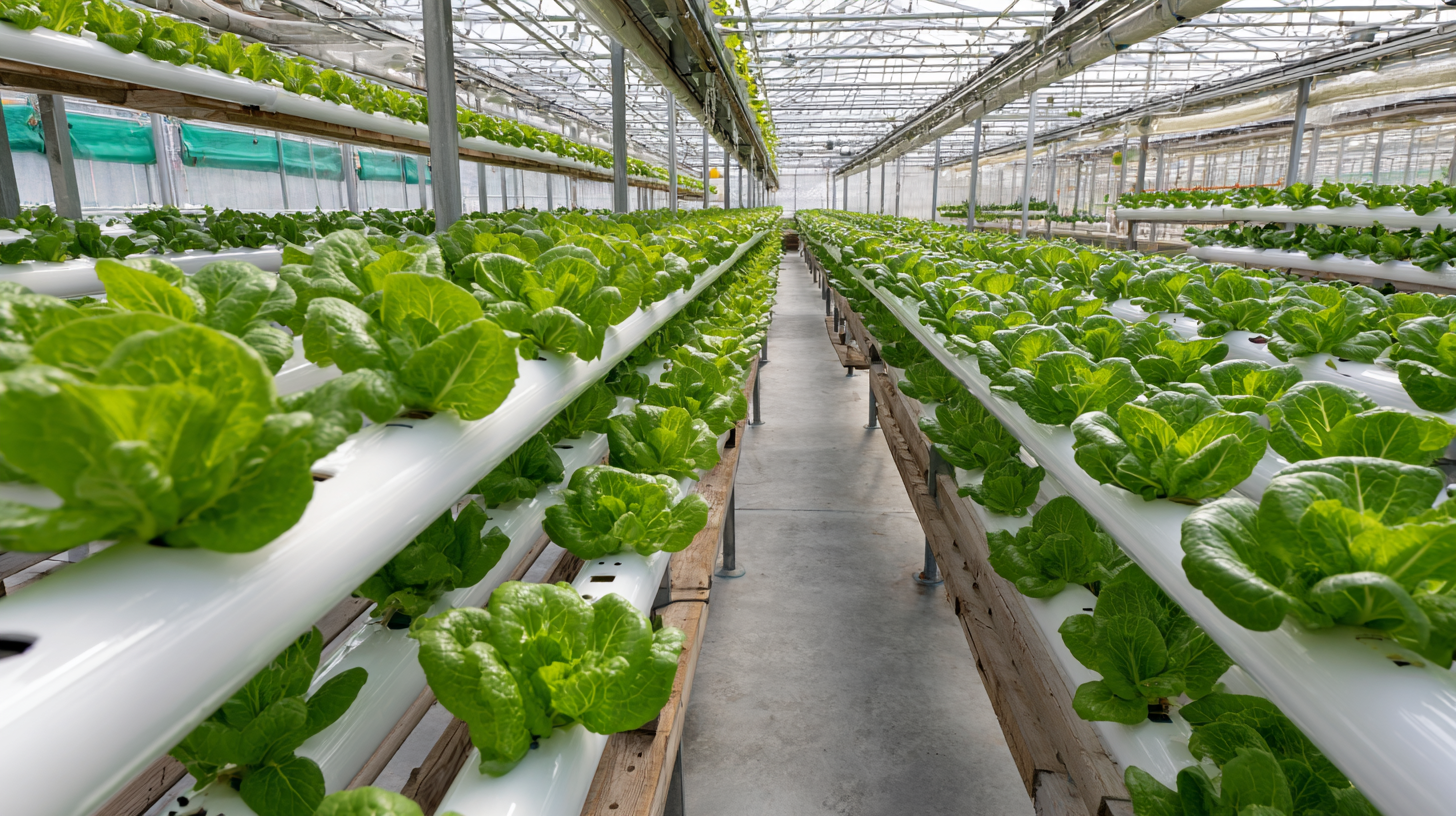 The growing demand for sustainable food production systems in urban areas has led to the exploration of innovative approaches such as Aquaponics Greenhouse systems. According to the Global Aquaponics Market Report, the sector is projected to grow at a compound annual growth rate (CAGR) of 50% from 2022 to 2028, reflecting a heightened interest in sustainable agriculture practices. Aquaponics combines aquaculture and hydroponics, allowing for efficient resource use while producing both fish and plants in a symbiotic environment. This method not only conserves water—using up to 90% less than traditional farming—but also minimizes the need for chemical fertilizers and pesticides, making it a viable solution for city dwellers facing food insecurity. As urban populations continue to rise, the implementation of Aquaponics Greenhouse technology could play a crucial role in meeting local food needs while promoting environmental sustainability and enhancing food security in densely populated areas.
The growing demand for sustainable food production systems in urban areas has led to the exploration of innovative approaches such as Aquaponics Greenhouse systems. According to the Global Aquaponics Market Report, the sector is projected to grow at a compound annual growth rate (CAGR) of 50% from 2022 to 2028, reflecting a heightened interest in sustainable agriculture practices. Aquaponics combines aquaculture and hydroponics, allowing for efficient resource use while producing both fish and plants in a symbiotic environment. This method not only conserves water—using up to 90% less than traditional farming—but also minimizes the need for chemical fertilizers and pesticides, making it a viable solution for city dwellers facing food insecurity. As urban populations continue to rise, the implementation of Aquaponics Greenhouse technology could play a crucial role in meeting local food needs while promoting environmental sustainability and enhancing food security in densely populated areas.
Choosing the Right Aquaponics System for Your Urban Greenhouse
When considering the integration of aquaponics systems into urban greenhouse setups, selecting the right configuration is crucial for maximizing efficiency and sustainability. According to a report by the Food and Agriculture Organization (FAO), urban agriculture has the potential to achieve a 20% increase in local food production, helping address food security in cities. Various aquaponics systems—such as media-based, nutrient film techniques (NFT), and deep water culture—offer distinct advantages that cater to different urban settings and crop types.
Media-based systems, which utilize gravel or clay pellets as a growing medium, are particularly beneficial for beginners. They provide a stable environment for both fish and plants, making them an excellent option for smaller urban spaces. Conversely, nutrient film systems can yield quicker growth rates due to their efficient water circulation and increased oxygen availability. A study conducted by the University of Arizona reported that aquaponics can yield fish and produce up to four times more per square foot compared to traditional gardening methods. This highlights the importance of carefully assessing available space, desired crops, and maintenance capabilities to determine the most suitable aquaponics system for urban greenhouse operations.
Essential Components of an Aquaponics Greenhouse Setup
Aquaponics greenhouse systems represent a revolutionary approach to urban farming, integrating aquaculture and hydroponics to create a sustainable food production method. Essential components of an aquaponics greenhouse setup involve fish tanks, grow beds for plants, a water circulation system, and a biofilter. According to a report from the Food and Agriculture Organization (FAO), aquaponics can produce up to 10 times more food per square meter than traditional farming methods, making it a highly efficient option for urban areas with limited space.
The fish tanks are crucial as they provide essential nutrients for plant growth through fish waste, while the plants naturally filter the water for the fish, creating a closed-loop system. Research has shown that systems combining fish and plant production can yield over 300% more vegetables and fish compared to conventional farming, while also using 90% less water. Additionally, the use of solar panels as an energy source in aquaponics greenhouse systems can further enhance sustainability, as reported in the recent U.S. Department of Agriculture (USDA) studies. This synergy of resources allows urban farmers to grow food year-round, contributing to food security in densely populated areas.
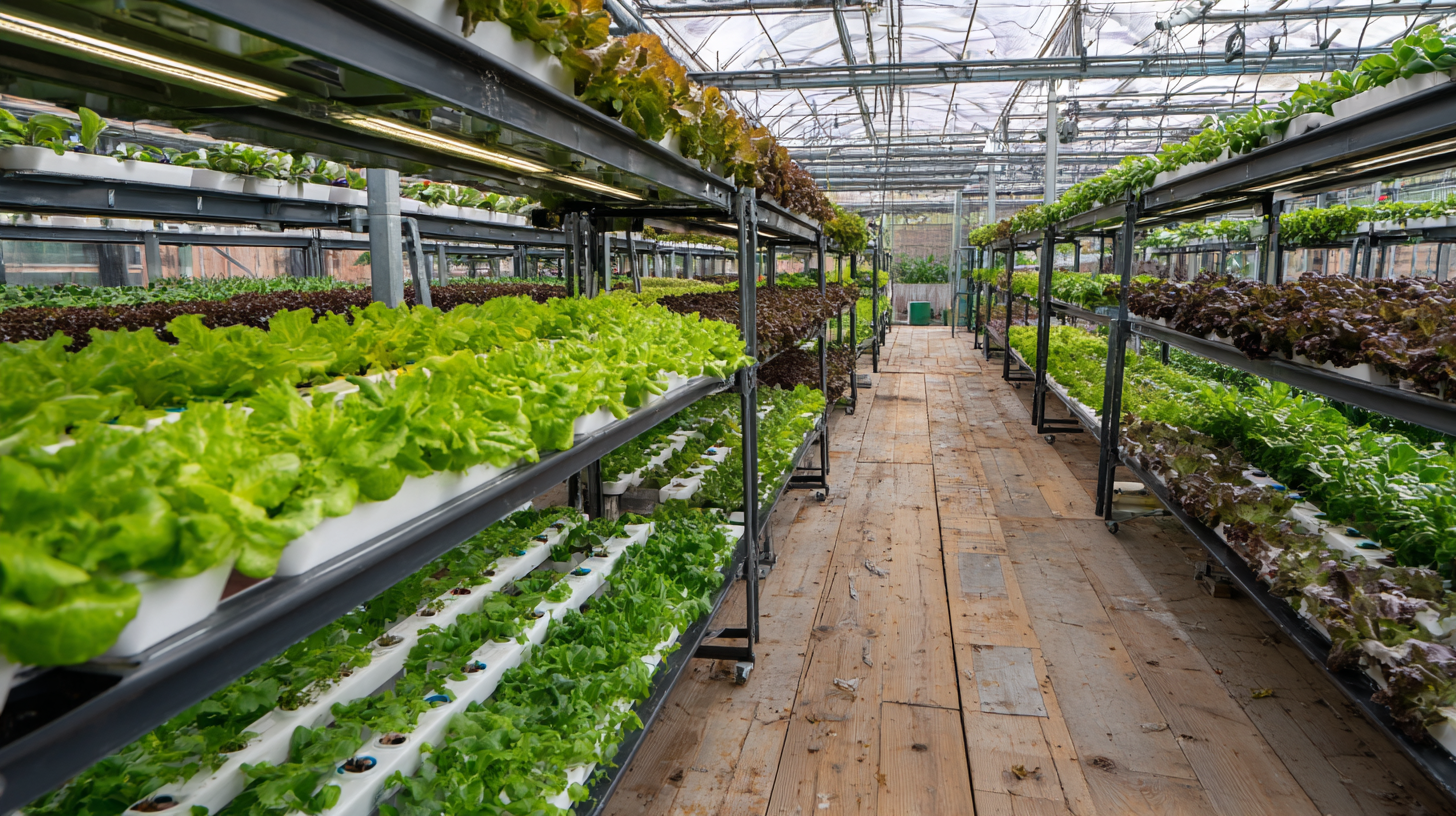
Step-by-Step Guide to Setting Up Your Aquaponics System
Setting up an aquaponics system can transform urban farming by merging fish cultivation and plant growth in a sustainable manner. Begin by selecting a suitable location with ample sunlight and access to water. Ideally, your greenhouse should maintain a consistent temperature and humidity to optimize plant growth and fish health. Designing a space that accommodates both a fish tank and growing beds is crucial, so plan the layout carefully. Ensure efficient water circulation by connecting the fish tank to the grow beds, where plants can thrive on nutrient-rich water.

Next, choose the right fish and plants for your system. Opt for freshwater fish like tilapia or catfish, which are hardy and can tolerate varying water conditions. For plants, leafy greens such as lettuce, herbs, and even tomatoes can flourish in an aquaponic setup. Once your system is established and cycled, introduce fish and seeds simultaneously, allowing them to establish a symbiotic relationship—fish waste will nourish the plants, while the plants filter the water for the fish. Monitor water quality and nutrient levels regularly to maintain balance, and soon, you'll witness the fruitful results of your aquaponics endeavor.
Best Practices for Maintaining Healthy Fish and Plants in Aquaponics
Maintaining a healthy balance between fish and plants is crucial for the success of aquaponics systems. One of the best practices involves monitoring water quality regularly, as it directly impacts both the aquatic life and plant growth. Parameters such as pH, ammonia, nitrite, and nitrate levels should be tested weekly to ensure they remain within optimal ranges. A balanced ecosystem promotes the growth of beneficial bacteria, which aids in converting fish waste into nutrients for plants. Additionally, ensuring proper aeration and circulation in the system can help maintain these water quality parameters and support an active biofilter.
Another best practice is to implement companion planting strategies to enhance plant health and productivity. Certain plants can thrive together, thus maximizing space and resources in the greenhouse. For example, leafy greens and herbs often grow well alongside fish systems and can benefit from the nitrates produced by fish waste. Incorporating regular crop rotation and diversification can also help prevent diseases and pests, ultimately leading to a more resilient aquaponics system. By focusing on the synergy between fish and plants, urban farmers can create a sustainable and productive environment that benefits both components of their aquaponics system.
Exploring the Economic Benefits of Urban Aquaponics Farming
Urban aquaponics farming presents significant economic benefits, as highlighted in recent industry reports. According to a study by the Food and Agriculture Organization (FAO), urban aquaponics systems can reduce food transportation costs by up to 30%, as produce is grown right where it is consumed. The USDA has also reported that urban agriculture can cut down food waste substantially, with aquaponics yielding both fish and vegetables, thus maximizing the use of resources within a compact space.
Additionally, a report by the National Sustainable Agriculture Coalition indicates that aquaponics operations have the potential to generate revenue between $100,000 to $150,000 per year for small to medium-sized enterprises. This is coupled with lower water usage—up to 90% less than traditional farming methods—making aquaponics not only an eco-friendly choice but also a lucrative one. With increasing urbanization and demand for locally sourced food, urban aquaponics can play a pivotal role in meeting these needs while offering strong economic returns for entrepreneurs in the agricultural sector.
Related Posts
-
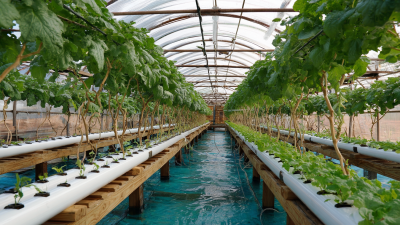
Unlocking the Advantages of the Best Aquaponics Greenhouse for Sustainable Farming Practices
-
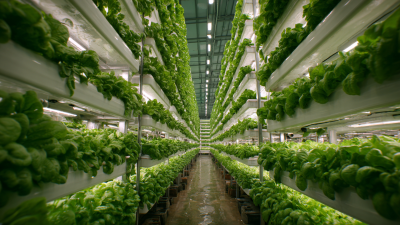
Leading the World in Aquaponics: Unveiling China's Best Export-Quality Systems
-

How to Build Your Own Sustainable Aquaponics System at Home
-
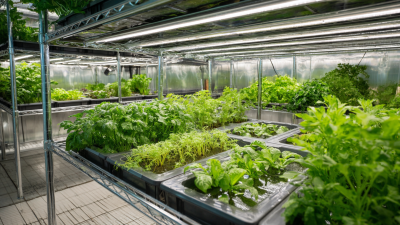
Revolutionize Your Gardening: The Essential Guide to Building Your Own Aquaponics System
-
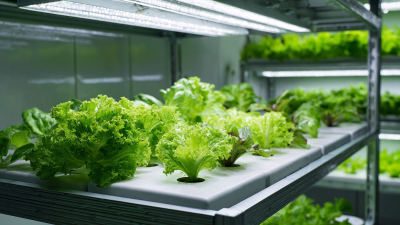
How to Minimize Repair Costs with Excellent After Sales Service for the Best Aquaponics System
-

7 Unique Benefits of Using Aquaponics System for Sustainable Farming
